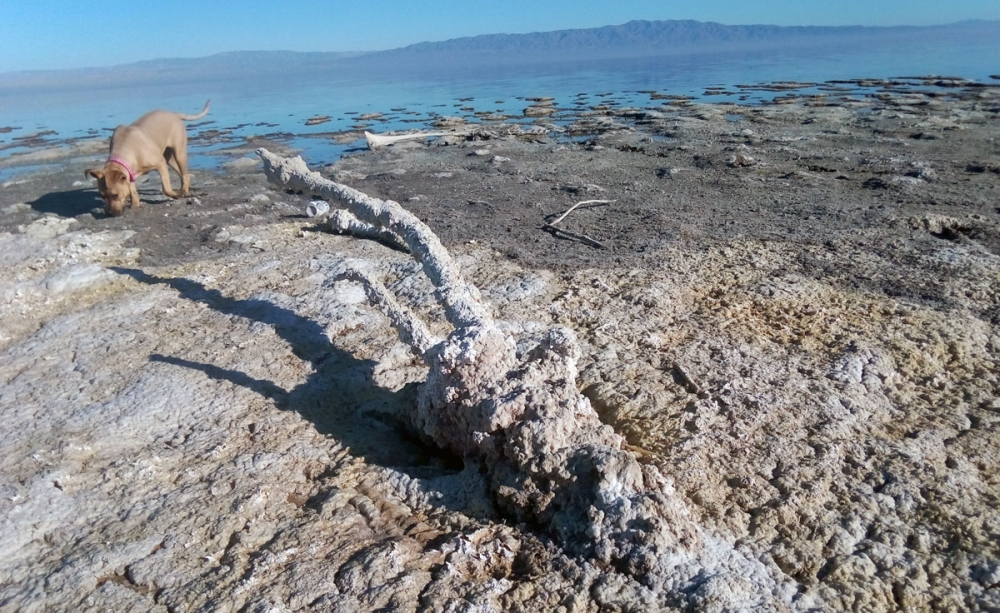
The Salton Sea is one of California’s most unusual and tragic landscapes, a place shaped by accident, transformed by ambition, and ultimately pushed toward collapse by the very forces that sustained it for decades. Its story is a long arc of creation, prosperity, decline, and ongoing struggle, and it touches on engineering, ecology, agriculture, politics, and public health. Understanding the life and death of the Salton Sea requires tracing its origins from ancient times through the dramatic events of the early twentieth century and into the modern era of crisis management.
The Salton Basin, also known as the Salton Sink, is a deep geological depression at the northern edge of the Sonoran Desert. For thousands of years, it periodically filled with water when the Colorado River shifted its course naturally and spilled into the basin. These ancient lakes, collectively called Lake Cahuilla, would rise and fall over centuries, sometimes supporting thriving Indigenous communities who fished and farmed along its shores. When the river eventually returned to its main channel, the basin would dry into a salt encrusted flat. This natural pattern ended in the early 1900s when human engineering set the stage for a new and far more fragile body of water.
In 1905, an ambitious irrigation project sought to bring Colorado River water to the Imperial Valley, where fertile soils were ready to be farmed if only they could be watered. Engineers cut a temporary channel to redirect the river into a system of canals, but heavy floods overwhelmed their works. The river burst through the control structures and created a massive breach that allowed the entire flow of the Colorado River to pour into the Salton Basin for nearly two years. Railroads and engineers worked frantically to close the break, and when they finally did in 1907, the result was an accidental inland sea spanning more than three hundred square miles. Although the floodwaters had nowhere to go, the Imperial Valley was already dependent on irrigation, and the runoff from those fields would continue to feed the lake for the next century.
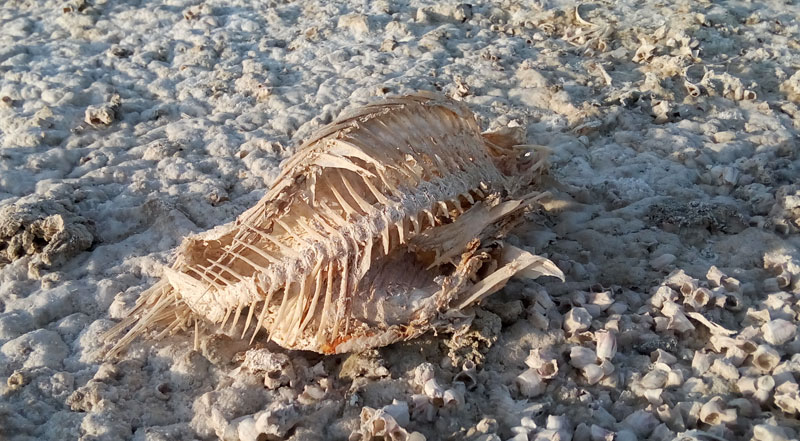
In the decades that followed, the Salton Sea grew into an unlikely desert oasis. Agricultural runoff flowed steadily into it, keeping water levels relatively stable and providing a constant supply of nutrients. These nutrients spurred algae growth that fed an abundance of fish, including tilapia, which came to dominate the lake’s ecosystem. By the 1950s and 1960s, the sea had become a celebrated recreation destination. Its beaches attracted boaters, anglers, swimmers, and vacationers. Resorts sprang up at places like Salton City and Bombay Beach. Celebrities visited. Boats raced across the surface of a lake that many saw as a kind of inland Riviera. The surrounding desert only made the water shimmer more vividly, and for a time the Salton Sea offered a vision of prosperity and escape.
Beneath the surface, however, the lake’s basic chemistry was shifting. The Salton Sea has no natural outlet, so every drop of water that flows into it eventually leaves only through evaporation. When pure water evaporates, it leaves behind salts and minerals that become increasingly concentrated over time. Year by year, salinity crept upward, pushed along not just by evaporation but by the very agricultural runoff that sustained the lake. Fertilizer rich water carried nutrients that fueled periodic algal blooms. When these blooms collapsed, they pulled oxygen from the water, which stressed fish populations. Pesticides and other contaminants accumulated in sediments. Though these changes were gradual, they signaled that the lake depended on a delicate balance that could not be maintained indefinitely.
By the late twentieth century, that balance began to fail. Improvements in irrigation efficiency in the Imperial Valley meant that less excess water was draining into the sea. Regional water transfer agreements, particularly those that sent Colorado River water to coastal urban areas through the Quantification Settlement Agreement of 2003, further reduced inflows. As the water supply diminished, evaporation gained the upper hand, concentrating salts at an accelerating pace. The lake became saltier than the ocean, then far saltier still. Fish began dying in large numbers, sometimes washing ashore in masses that stunned visitors. Birds that depended on those fish suffered catastrophic declines, especially after disease swept through crowded flocks.

At the same time, the shoreline began to retreat. As the water receded, wide stretches of lakebed were exposed to the desert wind. The fine dusty sediments of this playa were easily lofted into the air, carrying with them salts and agricultural chemicals. Communities around the Salton Sea began to experience some of the worst air quality in California. Residents faced higher rates of asthma and respiratory irritation, and public health officials warned of the growing danger as more shoreline dried out each year.
Ecological collapse and public health crises converged into a larger political struggle over how to respond. State and local agencies debated restoration plans, some modest and some grand, ranging from constructing wetlands and habitat zones to importing water from distant sources. Many of these ideas proved too expensive, too uncertain, or too politically complicated to carry out. In recent years, however, California has pursued a phased approach focused on stabilizing dust emissions and creating smaller managed habitat zones rather than attempting to restore the sea to its mid twentieth century scale. Excavated ponds, constructed wetlands, and engineered inflow channels are gradually taking form, though progress has been uneven and the scope of the challenge remains enormous.
The death of the Salton Sea is not a single moment, but a process that unfolded slowly, driven by human reliance on agricultural water, later constrained by a tightening supply of that same water, and amplified by the natural physics of evaporation in a closed basin. The sea was born from an engineering mistake, sustained through the unintended generosity of irrigation runoff, and brought to crisis when that flow diminished. It thrived as long as the conditions that created it remained artificially constant. Once those conditions changed, the consequences were swift and punishing.

Yet the Salton Sea is not only a story of decline. It remains a vital part of the Pacific Flyway, a refuge for migratory birds that have lost habitat elsewhere. It continues to influence regional climate, agriculture, and air quality. It has become a symbol of the broader challenges facing arid regions in an age of water scarcity. Efforts to manage and partially restore it reflect an evolving understanding of what is possible and what is sustainable in a landscape shaped by both human ambition and natural limits.
The life and death of the Salton Sea offer a stark lesson about the consequences of manipulating water in dry places and about the fragile balance between human progress and environmental stability. The sea may never return to its former state, but its story continues to shape policy, science, and public awareness as California searches for a way to protect its communities and preserve what remains of this accidental desert lake.
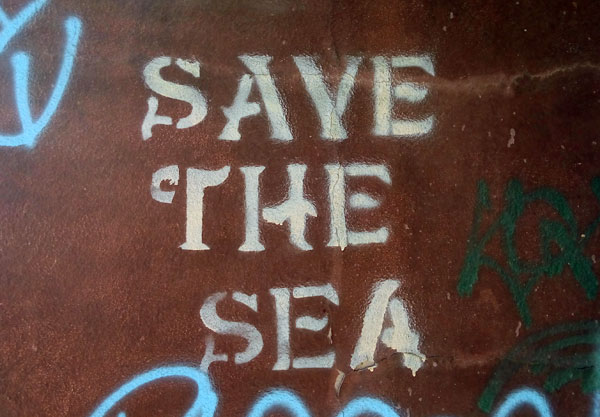
*The photos were taken during my exploration of the American Southwest in 2017. I camped in an abandoned campground on the Salton Sea for several weeks.
 Wetlands are often described as the kidneys of the watershed because they filter, slow, and transform the water that passes through them in ways that …
Wetlands are often described as the kidneys of the watershed because they filter, slow, and transform the water that passes through them in ways that …
 Field inspections of catch basins, manholes, culverts, and outfalls form the foundation of responsible stormwater management. These routine checks giv…
Field inspections of catch basins, manholes, culverts, and outfalls form the foundation of responsible stormwater management. These routine checks giv…
 Habitat disruption around drainage structures is often subtle at first, and many of the earliest signs tend to appear during ordinary field work rathe…
Habitat disruption around drainage structures is often subtle at first, and many of the earliest signs tend to appear during ordinary field work rathe…
 Harmful algal blooms have become one of the most pressing water quality problems in many regions, and their rise has been linked to a complicated blen…
Harmful algal blooms have become one of the most pressing water quality problems in many regions, and their rise has been linked to a complicated blen…
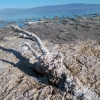 The Salton Sea is one of California’s most unusual and tragic landscapes, a place shaped by accident, transformed by ambition, and ultimately pu…
The Salton Sea is one of California’s most unusual and tragic landscapes, a place shaped by accident, transformed by ambition, and ultimately pu…
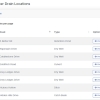 *The screenshots used in this article are from Roadwurx, an asset management software created for road maintenance departments. Managing a town’…
*The screenshots used in this article are from Roadwurx, an asset management software created for road maintenance departments. Managing a town’…